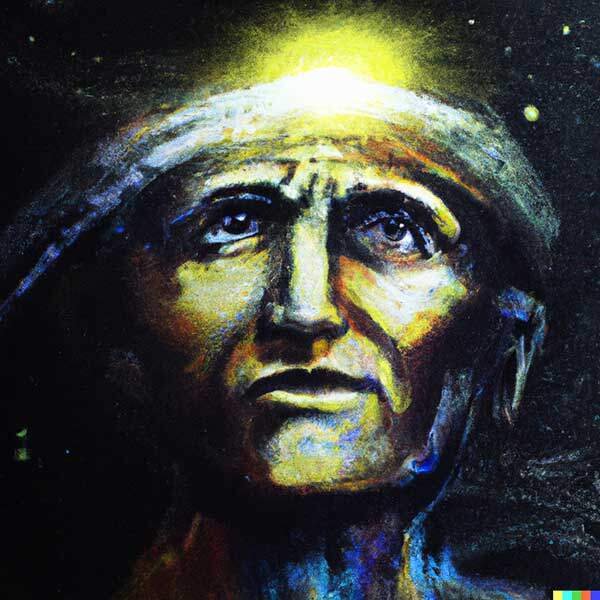Christian mysticism represents a profound dimension of spirituality within the Christian tradition, characterized by an intimate and transformative experience of divine presence. Central to this experience are two interconnected concepts: abiding love and mystical marriage. These notions articulate the depth and intensity of the mystical union between the human soul and God.
The Essence of Christian Mysticism
At the heart of Christian mysticism lies the quest for a direct, personal encounter with the Divine, transcending intellectual belief to embrace an experiential knowing. Mystics seek not merely to understand God but to intimately commune with Him, thereby achieving spiritual transformation and union. Such experiences often defy simple description, pushing mystics toward poetic, symbolic, and allegorical language to convey their insights.
Abiding Love: The Foundation of Mystical Experience
Abiding love, a term richly illustrated in the Gospel of John (John 15:4-10), describes an enduring, intimate, and transformative relationship with God. It is through this continuous, living connection that mystics experience God’s presence as an ongoing reality rather than a fleeting encounter. Saint John of the Cross, a renowned Spanish mystic, describes this love as a flame that purifies and elevates the soul, leading it ever closer to divine union.
This love is characterized by mutual indwelling—God abides in the soul, and the soul abides in God. It transforms daily life into a continual act of devotion, permeating every action with spiritual significance.
Mystical Marriage: Union with the Divine
The metaphor of mystical marriage vividly captures the intimate union between the mystic’s soul and God. Originating in biblical imagery found in the Song of Songs and further developed by mystics such as Teresa of Ávila and Bernard of Clairvaux, this metaphor portrays the spiritual journey as a divine romance culminating in union with Christ.
Saint Teresa of Ávila, the celebrated Carmelite mystic, provides one of the most compelling descriptions of mystical marriage in her seminal work, The Interior Castle. Here, Teresa details how the soul progresses through various spiritual “mansions,” ultimately reaching the innermost chamber where God fully unites Himself with the soul. This union is not merely symbolic but profoundly transformative, reshaping the mystic’s entire being.
Examples of Mystical Union in Historical Mystics
Christian history provides numerous examples of mystics who articulated their experiences of abiding love and mystical marriage:
- Julian of Norwich (1343–1416) spoke of divine love as an unconditional and enveloping presence, famously proclaiming, “All shall be well, and all manner of things shall be well.”
- Meister Eckhart (1260–1328) described union with God as a detachment from the self and a complete immersion into the divine essence, emphasizing that true mystical marriage occurs within the soul.
- Catherine of Siena (1347–1380) recounted mystical marriage experiences marked by profound visionary encounters, through which she felt a lasting, intimate union with Christ, enabling her passionate advocacy for ecclesiastical reform.
Contemporary Relevance of Mystical Marriage
Mystical marriage and abiding love remain relevant to contemporary spirituality as they offer pathways to deeper emotional and spiritual fulfillment. Modern spiritual seekers, drawing from these rich traditions, often pursue contemplative practices such as meditation, centering prayer, and reflective scripture reading to cultivate a sense of abiding love and mystical unity with the Divine.
Conclusion
Christian mysticism, through the paradigms of abiding love and mystical marriage, offers profound insights into the spiritual potential inherent in every human soul. By exploring and nurturing this intimate union, individuals are invited into transformative experiences that enrich their spiritual lives, deepening their capacity for compassion, wisdom, and authentic divine communion.
References
